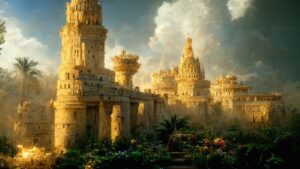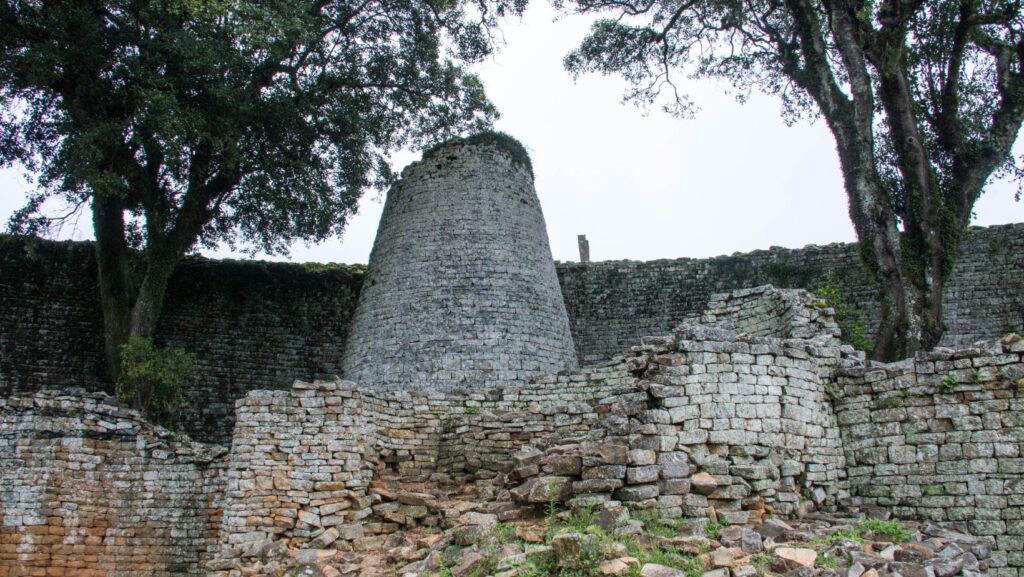Dive into the realm of the forgotten, where history and mystery intertwine, as we explore the lost wonders of the world. These are not your typical Seven Wonders; they’re the hidden gems, the obscured marvels that time and memory have neglected.
So, buckle up for a journey back in time, as we uncover the world’s most fascinating, yet often overlooked, treasures. The lost wonders of the world are waiting to be rediscovered.
Lost Wonders of the World

The ‘Lost Wonders of the World’ refers to remarkable man-made structures and locations, mostly unknown to the masses. Not easily found in mainstream historical accounts, these are structures whose significance and allure often surpass the recognized wonders of the world. Such wonders possess unique architectural designs or natural formations that magnify human creativity and nature’s splendor. Examples include the Yonaguni Monument in Japan and the Great Zimbabwe in Africa.
However, these wonders capture more than just aesthetic appeal or architectural grandeur. Behind their existence lies a tapestry of mysteries and thrilling tales of their discovery. The concept encompasses structures that have faded from shared memory, possibly due to their remote locations or the passage of time. Distinct from fallen civilizations, they’ve often vanished without leaving significant trace, fueling intrigue around their existence amongst global explorers and history enthusiasts. Instances include the remnants of the City of Giants in Ecuador and the Antikythera mechanism discovered in the Aegean Sea.
The Original Seven Wonders of The Ancient World

Continuing on the exploration journey, the historical account of the “Original Seven Wonders of the Ancient World” deserves mention. They’re renowned landmarks that exemplify human ingenuity, architectural expertise, and ambitious vision. First, the Great Pyramid of Giza in Egypt stands as the only surviving wonder, boasting an imposing structure dating back to around 2560 B.C. Second, the Hanging Gardens of Babylon, if they existed, depicted an epitome of transcendent beauty and grandeur.
Third, the Statue of Zeus at Olympia, crafted by Pheidias, left observers in awe of its majesty. Furthermore, the Temple of Artemis at Ephesus personified divine reverence with its elaborate design. The Mausoleum at Halicarnassus, fifth wonder, has a legacy embedded with luxurious architecture, whereas the Colossus of Rhodes, an impressive statue of the sun god Helios, represented an architectural marvel. The finale, the Lighthouse of Alexandria, demonstrated advanced engineering prowess for its era, until earthquakes erased its existence.
Notable Lost Wonders Beyond the Original Seven

Beyond the “Original Seven Wonders of the Ancient World” lie other equally distinct lost wonders, differentiated by their unprecedented designs and rich histories. A compelling example includes the City of Petra in Jordan, masterfully carved into rose-red sandstone cliffs around 2,000 years ago and unknown to the west until its “rediscovery” in the 19th century. The monumental representation of Buddha at Bamiyan in Afghanistan, carved out in the 6th century, similarly needs a mention.
A reference to submerged cities, one can’t overlook the underwater ruins of Lion City in China or the Sunken City of Heracleion in Egypt. These underwater marvels, swallowed by nature’s fury, now provide a surreal journey into a forgotten past. Distinctively natural formations, such as the Pink and White Terraces in New Zealand, destroyed in an 1886 volcanic eruption, affirms the ephemerality of even nature’s creations. Thus, these lost wonders provide not just an aesthetic spectacle, but also a powerful reminder of the transient nature of human and natural marvels.
Cultural Importance and Influence of Lost Wonders
Lost wonders of the world aren’t just fascinating tales of bygone eras. They’re a testament to the enduring spirit of human creativity, resilience, and our quest for knowledge. They’ve shaped our understanding of history, culture, and human potential.
Through their captivating stories, we’ve learned about architectural prowess, innovative engineering, and the inexorable march of time. They’ve sparked our curiosity, inspiring us to rediscover these hidden gems and delve into their mysteries.

